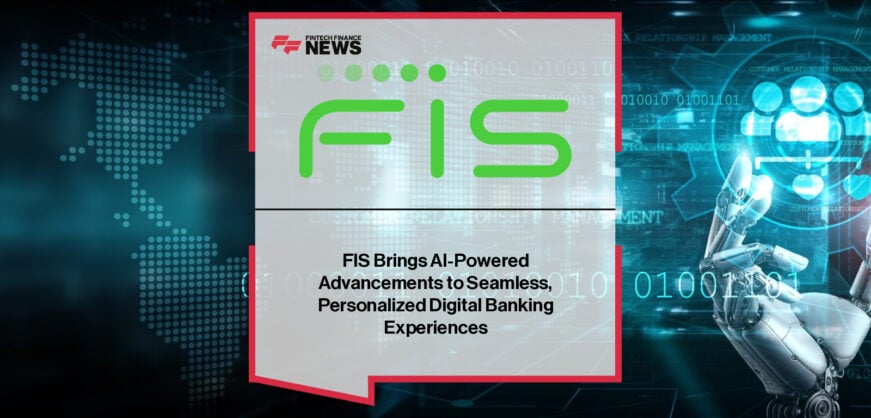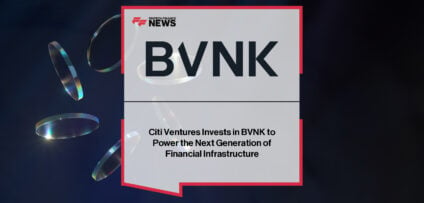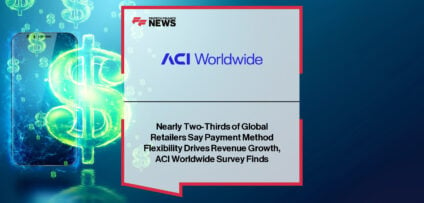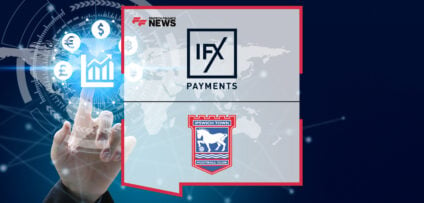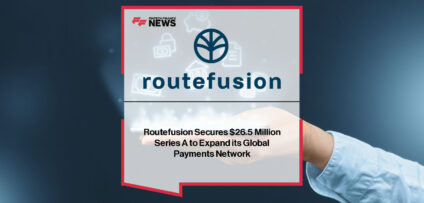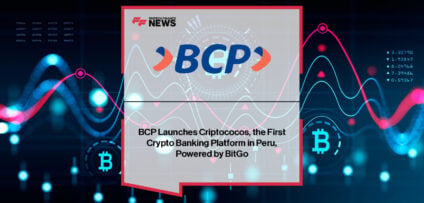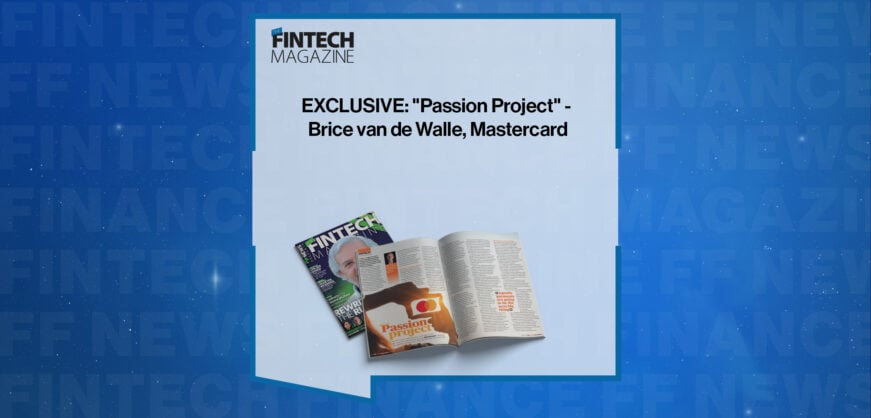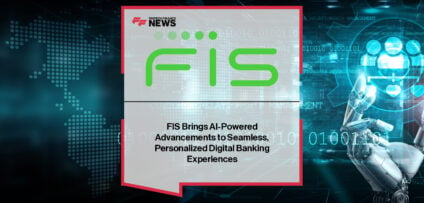Breaking News

Open Banking – the Time for Talking is Over
Trump is in the White House, Britain is set to leave the EU and Beyonce is pregnant with twins – by anyone’s judgement 2017 has been a pretty “big year” so far! Ask anyone on the street about events this year and people will mention anything but banking. But is that all about to change? Well, no, but we’re certainly getting closer to something big!
March 2017 will see a very small but significant event in the banking industry that will give an indication of some of the much bigger changes to come. 31 March is the deadline for the first phase of open banking where the first open application programming interfaces (APIs) are released by the so called CMA9, nine banks mandated by the Competition and Markets Authority (CMA) to open up access to a range of new data sources in the interests of stimulating competition in the UK current account market.
This first release of data will feature bank contact details, ATM locations and product listings. What will be the game changer is the way this information will be delivered. For the first time these banks are opening up data that previously only third parties could ever reach by constantly extracting data from websites through ‘web scraping’. From 31 March, this data will be presented in open interfaces, supported by the banks themselves for the world to consume. This will provide an insight into the banking world in 2018 when consumer bank transaction data is finally made available digitally for consumers and businesses to use as they please, without it sitting behind the iron walls of their bank.
Banks have been investing heavily in Open APIs for some time now, in the most part due to regulatory requirements under the Second Payments Services Directive (PSD2) and the CMA, but also in specialist new teams established to accelerate their knowledge and capabilities in line with the digital world. Accelerators, hackathons, innovation hubs; these have been the talk of the town for the last few years but they have focussed predominantly on improving the experience for their existing customer base through banking apps.
In this new era of open data, banks will inevitably look to provide an enhanced and more transparent way of banking for their consumers by aggregating all their accounts in one place, providing personal financial management or enabling easy money transfers with the push of a button. However, if too much focus is put on the “app” experience and resource is committed to opening up APIs for regulatory purposes, banks may miss the opportunity to ingest and utilise the very data they are about to open up for creating a unique experience for potential new customers. After all, a large proportion of customers will inevitably prefer to look for credit at the big high street banks as opposed to opting for a new start-up that has yet to gain trust with the mainstream market. Banks must start to think further down the line and look at the wider benefits they can derive from transactional data beyond simply retaining their existing base; tackling the credit application market for both consumers and businesses is an obvious place to start and gives them an opportunity to demonstrate their ability to create a truly unique on-boarding experience for customers.
The emergence of transactional data is a big one for the lending & credit industry; for once customers will not be limited to the data that feeds their credit scores. Instead they will be empowered to share their most valuable financial data digitally and build a deeper picture of their financial capability – a financial passport if you will. To many this may seem like overkill and they may simply revert to printing off statements and taking them down to the local branch (if it’s still there). However, for most young and financially savvy millennials this is the norm and now for them could mean the difference between securing a first home or getting finance for a new business venture as it will allow them to leverage new tools and platforms that could more accurately assess risk and affordability.
The initiative will also make a major difference when it comes to the identity verification part of an application process. Customers who are new to the UK or who have only recently turned 18 can have real issues when applying for the most simple of credit contracts like a mobile phone. With Open Banking and PSD2 applicants will be able to verify themselves with over 3000 banks across the EU and opening up access to credit.
It doesn’t stop at identity verification; the ability for this data to be used for automated credit scoring, affordability assessments, fraud detection and product targeting is endless but there is one sticking point –it’s up to the consumer to share the data! Consumer empowerment is a great thing for many reasons but it must, to an extent, be treated with caution. Banks and lenders will not simply stop using traditional forms of data overnight but may instead choose to offer customers an additional choice – the open banking choice should traditional methods fail them. The ability to do so however goes way beyond simply flicking a switch, and requires careful planning by the banks.
Integration of new technology – Banks spend millions of pounds each year maintaining legacy bank platforms where the costs of even small changes to the application process can quickly spiral out of control. Success for the banks in this space will rely on their ability to integrate new platforms and new technology to first supplement or bypass their existing processes and then perhaps even replace their existing systems. Delivery and orchestration of this customer journey with the ability to ingest external APIs is a key capability these banks will need.
Invest in data processing – Banks must start utilising their own data, on the assumption that they will have the ability to link all accounts a consumer holds and ingest the raw transactional data. They must invest in the processing and attribution of this data into usable characteristics. Digitally transferring a bank statement to a manual underwriting team is one thing but this is hardly the digital journey online customers are after and it doesn’t significantly save the bank any money. Transaction data must be consumable but credit risk teams to automate decisioning.
Embrace traditional data – As highlighted earlier the open banking data is going to be extremely rich but will only be shared if the customer wants it to be shared (and if they bank online). Supplementing this rich data with traditional sources like payments performance, credit commitments and credit utilisation will help to fulfill the regulatory requirements alongside giving them a holistic view of the consumer’s circumstances.
Embrace partnerships – Banks have done a huge amount of work to embrace partnerships and leverage the capabilities of specialised Fintechs or start-ups. This approach must continue in order to keep up with the ever changing markets, and ecosystems should be created to help ensure the technology can adapt and ingest these new advancements. Existing bank suppliers who have integrated these new capabilities into proven & scalable technology will provide opportunities to adapt quickly.
Written by Roger Vincent, Strategic Consultant at Equifax.
- EXCLUSIVE: “Passion Project” – Brice van de Walle, Mastercard in ‘The Fintech Magazine’ Read more
- FreedomPay Drives Global Merchant Innovation Read more
- FIS Brings AI-Powered Advancements to Seamless, Personalized Digital Banking Experiences Read more
- Citi Ventures Invests in BVNK to Power the Next Generation of Financial Infrastructure Read more
- Nearly Two-Thirds of Global Retailers Say Payment Method Flexibility Drives Revenue Growth, ACI Worldwide Survey Finds Read more



